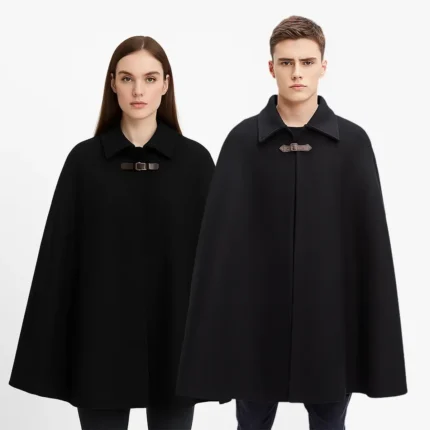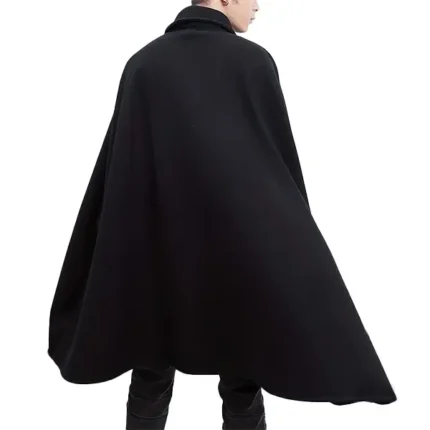Women's Cape Jackets
Women’s cape jackets combine elegance with dramatic flair. Flowing silhouettes and tailored cuts create a striking presence for both daytime sophistication and evening drama. We focus on designs that balance movement with polish. Each piece embodies heirloom-level quality and refined finishing, giving you an expressive outerwear choice that’s timeless yet fresh in any setting.
Dark Gothic Cape Jacket
Original price was: $99.99.$69.99Current price is: $69.99.
Select options
This product has multiple variants. The options may be chosen on the product page


